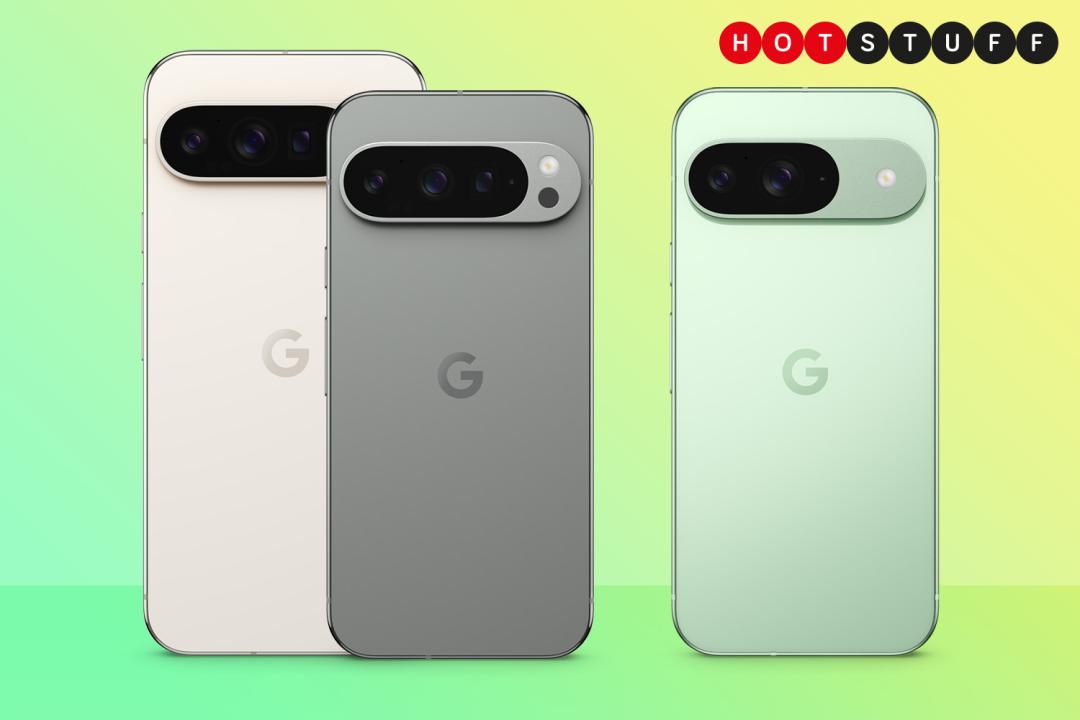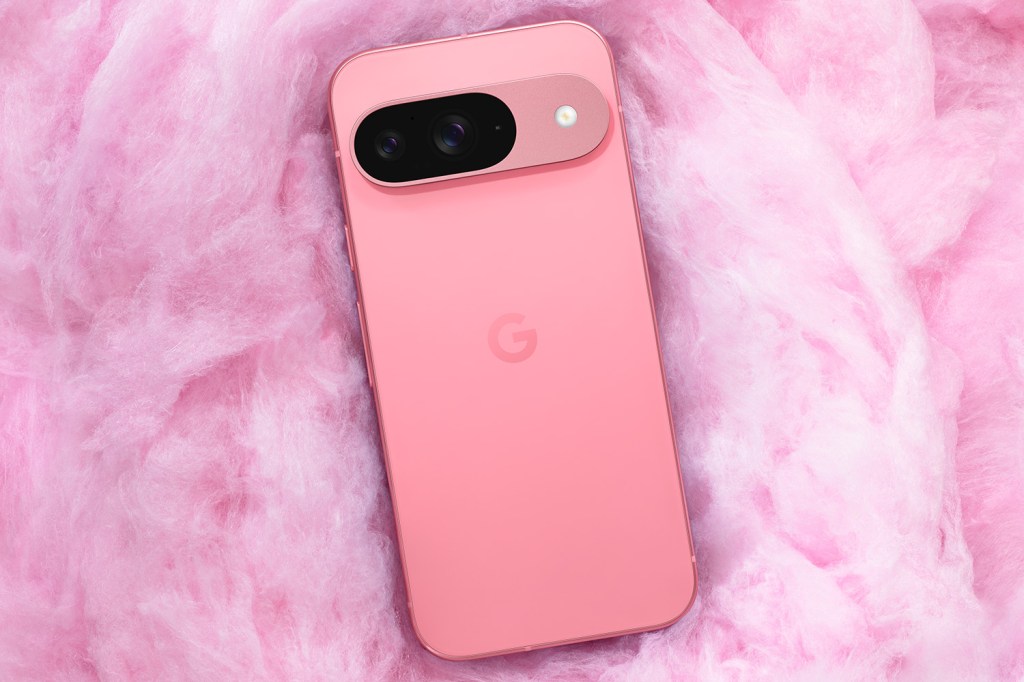The Pixel 9 Pro lands in two sizes. This one is my favourite
Pixel 9 sticks around as a more mainstream alternative

Fans of powerful yet pocket-friendly handsets rejoice: Google has unleashed two versions of the Pixel 9 Pro, its latest and greatest smartphone. They arrive alongside a vanilla Pixel 9 with fresh new looks, more powerful processors, and even more Gemini AI smarts.
XL branding has been brought out of retirement for the 6.8in Pixel 9 Pro XL, while the Pixel 9 Pro gets the same 6.3in screen size as the regular Pixel 9. You’ll be able to spot a Pro by its matte rear glass and polished metal frame; the Pixel 9 has a polished back and matte frame. Google’s design team has clearly been keeping an eye on industry trends, as all three phones have flat frames and glass. The trademark camera bar at the rear is now pill-shaped, with rounded corners.
The two Pro variants are basically identical, save for size, screen resolution, battery capacity and wired charging speeds. There’s no second-class telephoto snapper like the Apple iPhone 15 Pro Max and 15 Pro – and with similar battery life ratings for both, I’d pick the smaller model every time. The Pixel 9 has one less rear camera, slightly less impressive screen specs, and less RAM – but still sounds potent enough to give the likes of Samsung’s Galaxy S24 a challenge.
Google has improved its Actua and Super Actua OLED screens with higher brightness and skinnier bezels than the previous generation. The 6.3in Pixel 9 gets a 2424×1080 resolution, 60-120Hz switchable frame rate and 2700 nit peak brightness, while the Pixel 9 Pro steps up to 2856×1280, 1-120Hz LTPO adaptive refresh, and 3000 nits peak brightness. The Pixel 9 Pro goes even further with a 2992×1344 resolution panel. All three are protected by Victus 2 Gorilla Glass and play nicely with Google’s Ultra HDR standard.


As usual Google talks a big game about photography. The Pixel 9 brings back the Pixel 8‘s 50MP, f/1.68 aperture main snapper with single-zone laser autofocus and optical image stabilisation, but adds a higher pixel count ultrawide. This 48MP, f/1.7 unit brings Macro focus for close-up shots. The 10.5MP selfie cam up front stays the same as last year. Both Pro variants have 50MP main snappers, 48MP ultrawides and 48MP telephoto lenses good for 5x optical zoom. The only hardware upgrade is the selfie cam, which gets a 42MP sensor with autofocus.
Streamlined image processing algorithms should help all three phones stay competitive with other top-tier handsets, with low light panoramas highlighted during Google’s reveal event. New generative AI editing tools could also have Samsung looking over its shoulder. Magic editor can now expand the frame on tightly-cropped shots, and Reimagine as… lets you change backgrounds based on text prompts. The low-light improving Video Boost can apparently render twice as fast now, too.
Add Me is the early highlight for me; it lets you hand your phone over to someone else in your group shot, so you can get in and be in the photo too. The phone shows the new photographer where to line up the camera lens, and the image processor stitches the frames together.
Gemini Live debuts on the Pixel 9 series, with Google promising more natural language communication with the AI voice assistant. Other Pixel-specific software includes a new native weather app that gives Gemini-powered daily summaries, magic lists for Google Keep that automatically creates to-do lists for things like family dinners and day trips, and a new Pixel screenshots app that Gemini can search and extract text from. Call Notes can also listen in to your phone conversations (with permission), putting relevant notes onscreen and transcribing the chat for later.
All three phones get a new Tensor G4 chipset, developed in-house by Google with AI acceleration in mind. Outright performance might not challenge the best Snapdragon-powered rivals, but the firm reckons real-world use cases should see a healthy improvement over the outgoing Tensor G3. Expect 20% faster web browsing and 17% faster app launches. The Pro has a new vapor chamber cooler that should help it stay speedy under load, too. The Pixel 9 has 12GB of RAM and either 128 or 256GB of storage, while the two Pro variants get 16GB and 128, 256, 512GB or 1TB respectively.

The Pixel 9 Pro is the first Android phone to launch with satellite SOS. The service will go live in the US first, with Pixel customers getting two years free. It’ll roll out to other countries later.
It’s a real shame that Qi2 magnetic charging doesn’t make the cut for any Pixel 9 model; all three make do with regular Qi wireless top-ups. Google claims a 50% refuel in 30 minutes for the Pixel 9 and Pixel 9 Pro using its new 45W USB-C power brick; the Pixel 9 Pro XL should reach 70% in the same timeframe. All three phones claim to deliver 24+ hours of use, or up to 100 hours using the Extreme Battery Saver mode.
I’ve got bad news if you were hoping to get a brand new version of Android straight out of the box; all three Pixel 9 phones are launching with Android 14. There’s no word on when Google will roll out the newer version 15, which has been in the works for a while now. At least with seven years of Android updates, Pixel feature drops and security patches, customers shouldn’t feel too short-changed.
The new Pixel phone line-up will start from £799 for the regular Pixel 9, in Obsidian, Porcelain, Wintergreen and Peony colours. The Pixel 9 Pro will set you back £999, while £1099 for the Pixel 9 Pro XL is effectively a price hike over last year’s Pixel 8 Pro – which itself was a hefty leap from the previous generation. Both Pros are arriving in Obsidian, Porcelain, Hazel and Rose Quartz colours.



